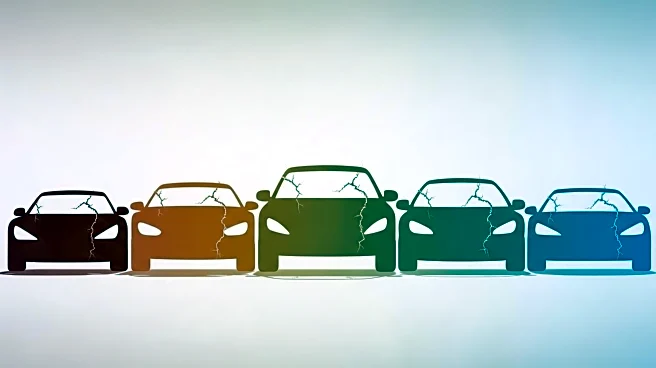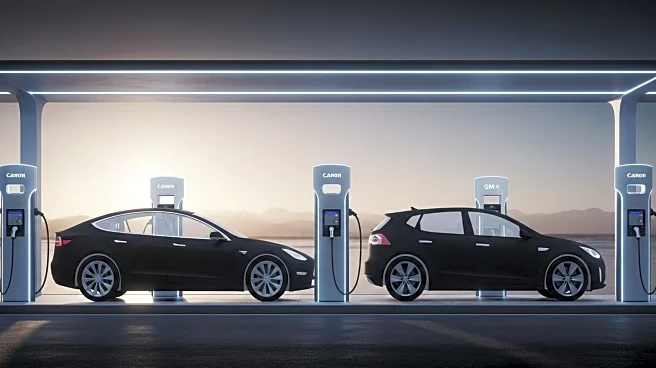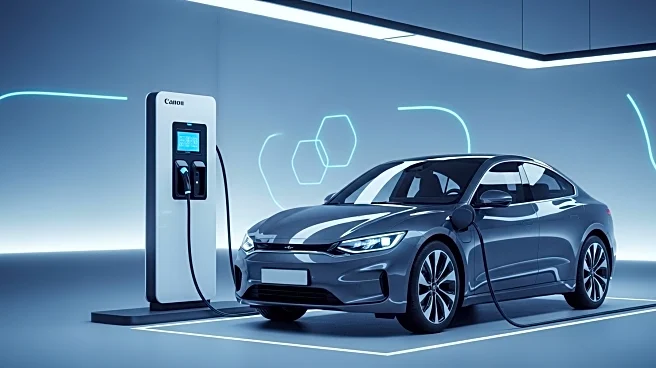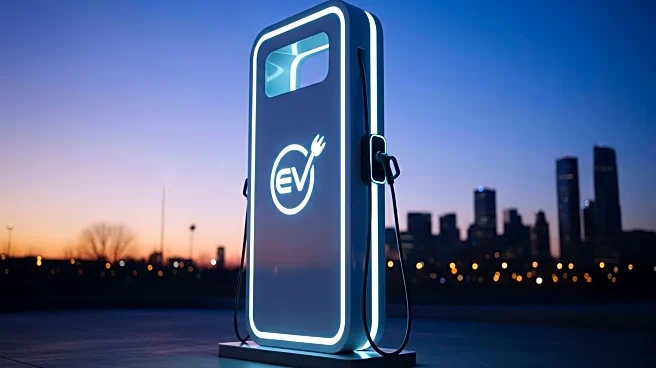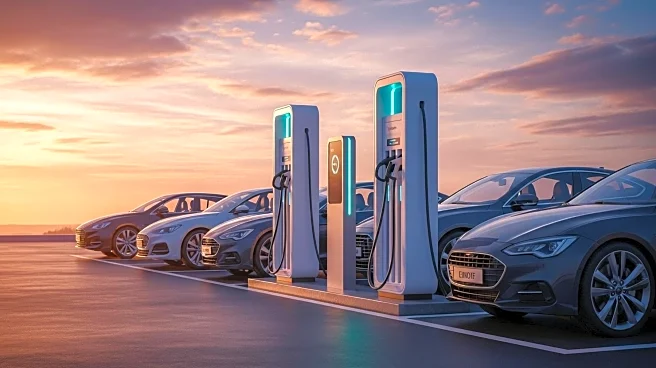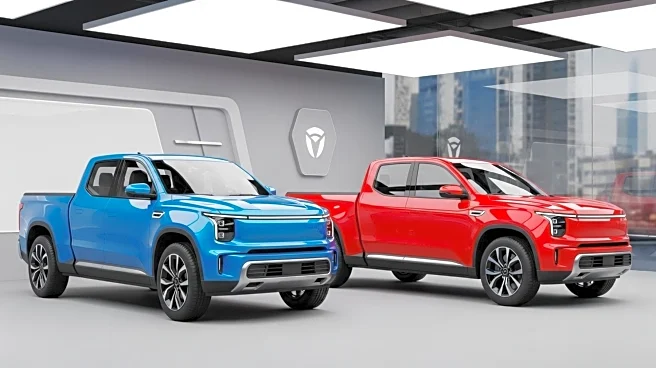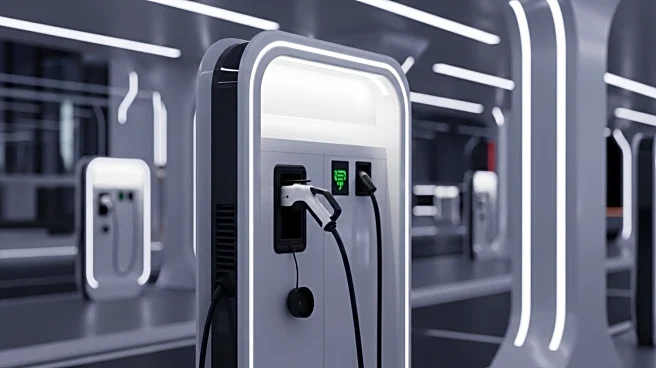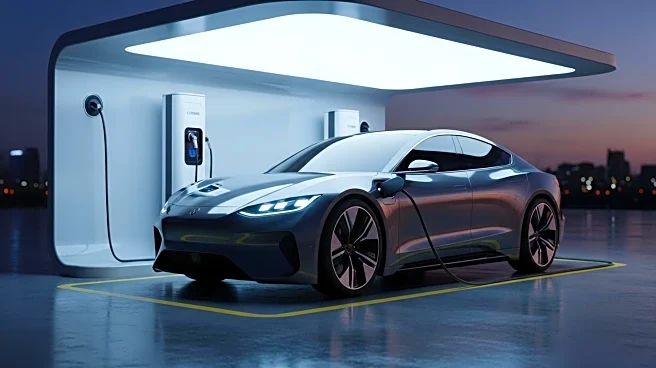What's Happening?
Consumer Reports has identified electric vehicle (EV) trucks as some of the least reliable vehicles on the market. This assessment includes models such as the Rivian R1T, Sierra EV, Ford F-150 Lightning, and the Silverado EV. The report highlights that while these trucks are designed for tasks like towing and off-road adventures, they face significant reliability challenges. Notably, Tesla's Cybertruck has been subject to multiple recalls, further underscoring the reliability issues within the EV truck segment. Despite these concerns, there is a noted disconnect between reliability ratings and owner satisfaction, as many owners report being satisfied with their EV trucks despite the reliability issues.
Why It's Important?
The findings from Consumer Reports are significant as they highlight ongoing challenges in the EV truck market, which is a growing segment within the automotive industry. Reliability issues can impact consumer confidence and slow the adoption of electric trucks, which are crucial for reducing carbon emissions in the transportation sector. The disconnect between reliability and owner satisfaction suggests that while consumers may appreciate the benefits of EV trucks, such as lower emissions and innovative features, the reliability concerns could pose long-term challenges for manufacturers. This situation presents both a risk and an opportunity for automakers to improve their products and gain a competitive edge in the market.
What's Next?
Automakers are likely to focus on addressing the reliability issues identified in the Consumer Reports study. This could involve enhancing the durability of EV truck components, improving battery technology, and refining manufacturing processes. As the market for EV trucks continues to grow, manufacturers will need to balance innovation with reliability to meet consumer expectations and regulatory requirements. Additionally, further recalls or updates may be issued as companies work to resolve existing issues. The industry will be closely watched by consumers, regulators, and environmental advocates as it evolves.

